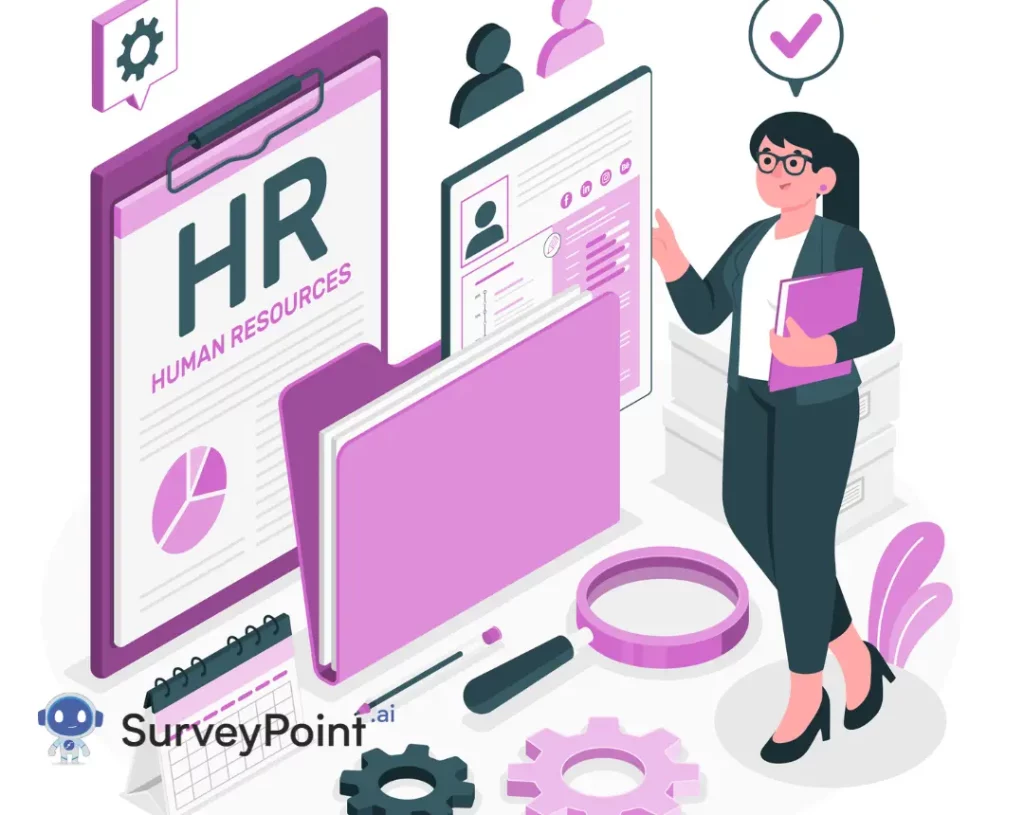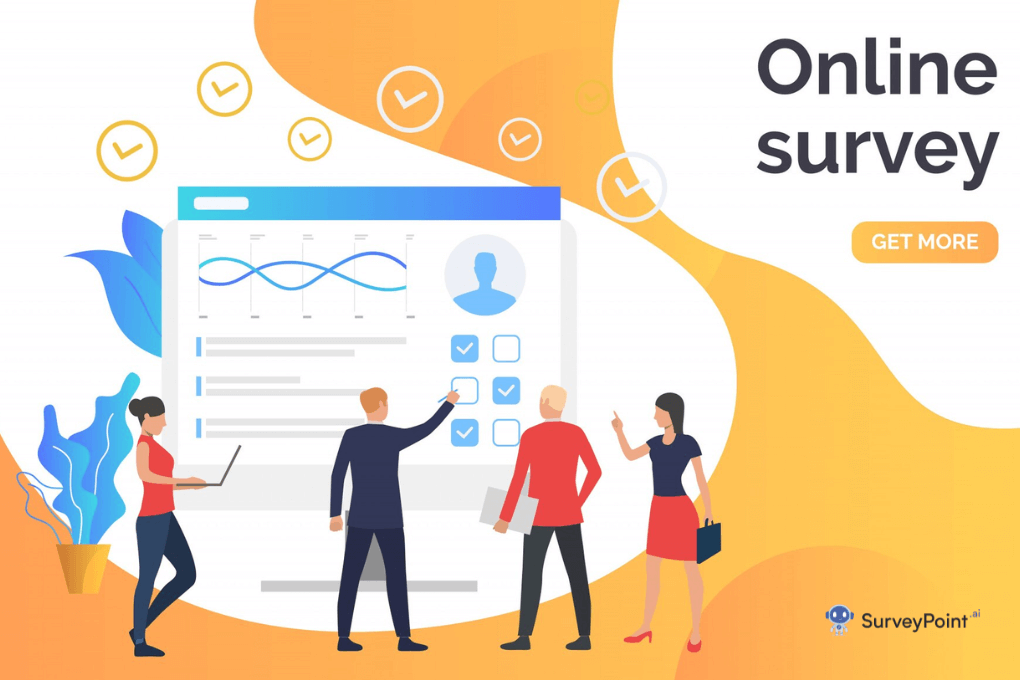
In the dynamic landscape of modern business, where change is constant and competition fierce, organizations rely on effective human resource planning (HRP) to navigate through uncertainty and achieve their goals. HRP is the strategic management process that ensures an organization has the right people, with the right skills, at the right time, to achieve its objectives.
This comprehensive guide will delve into the meaning, importance, process, and evolution of HRP, along with the tools and techniques that empower organizations to optimize their human capital.
Meaning of Human Resource Planning
Human Resource Planning, often abbreviated as HRP, is the systematic process of forecasting an organization’s future human resource needs and ensuring that it has the right people in the right positions to achieve its strategic objectives. It involves analyzing the current workforce, anticipating future demand, and developing strategies to meet those needs efficiently.
Definition of Human Resource Planning
According to the Society for Human Resource Management (SHRM), Human Resource Planning is defined as “the process that links the human resource needs of an organization to its strategic plan to ensure that staffing is sufficient, qualified, and capable of achieving the organization’s objectives.”
Importance of Human Resource Planning
HRP plays a pivotal role in organizational success by aligning human capital strategies with business objectives. Its significance can be understood through various dimensions:
- Anticipating Talent Needs: HRP enables organizations to forecast future skill requirements and proactively address talent gaps, ensuring that they have the right talent at the right time.
- Strategic Alignment: By integrating HRP with strategic planning, organizations can ensure that their workforce strategies are aligned with overall business goals, enhancing agility and competitiveness.
- Cost Optimization: Effective HRP helps in controlling recruitment and training costs by minimizing talent shortages and reducing employee turnover.
- Talent Development: HRP facilitates the identification of skills gaps, enabling targeted training and development initiatives to enhance the capabilities of the workforce.
- Risk Mitigation: By identifying potential risks such as workforce shortages or skill imbalances, HRP allows organizations to develop contingency plans to mitigate these risks and maintain operational continuity.
History and Evolution of Human Resource Planning (HRP)
The concept of HRP emerged in the mid-20th century as organizations recognized the strategic importance of managing their workforce effectively. Initially, HRP focused primarily on short-term staffing needs, but over time, it has evolved into a more strategic and comprehensive process. The evolution of HRP can be traced through various stages:
- Early Beginnings: In the 1950s and 1960s, HRP primarily focused on workforce forecasting to meet short-term operational needs, such as hiring and firing based on demand fluctuations.
- Expansion of Scope: During the 1970s and 1980s, HRP expanded its scope to include long-term strategic planning, considering factors such as technological advancements, demographic shifts, and globalization.
- Strategic Integration: In the 1990s and 2000s, HRP became more integrated with overall strategic planning, aligning workforce strategies with business objectives and focusing on talent management and succession planning.
- Digital Transformation: In the 21st century, HRP has been revolutionized by digital technologies, with the advent of sophisticated HR analytics tools and predictive modeling techniques enabling more data-driven decision-making.
Human Resource Planning Process
The Human Resource Planning process typically involves several interconnected steps:
- Environmental Analysis: This step involves assessing external factors such as economic trends, technological advancements, regulatory changes, and labor market conditions that may impact future workforce requirements.
- Internal Analysis: Organizations analyze their current workforce, including skills, competencies, demographics, and performance, to identify strengths, weaknesses, and potential gaps.
- Forecasting Demand: Based on the environmental and internal analysis, organizations forecast future workforce needs, considering factors such as business growth projections, expansion plans, and technological changes.
- Forecasting Supply: Organizations assess the availability of internal and external talent to meet future demand, considering factors such as attrition rates, retirement projections, and talent mobility.
- Gap Analysis: By comparing forecasted demand with forecasted supply, organizations identify talent gaps and surpluses in specific roles, functions, or skill areas.
- Developing Strategies: Organizations develop strategies to address identified talent gaps, which may include recruitment, training and development, succession planning, talent retention initiatives, and outsourcing.
- Implementation and Monitoring: The strategies developed are implemented, and the outcomes are monitored regularly to ensure effectiveness. Adjustments are made as necessary based on changing business needs and market conditions.
Tools and Techniques Used in Human Resource Planning
Various tools and techniques support the Human Resource Planning process, including:
- Workforce Analytics: Advanced analytics tools enable organizations to analyze workforce data and identify trends, patterns, and correlations to inform decision-making.
- Scenario Planning: Organizations use scenario planning techniques to explore different future scenarios and assess their potential impact on workforce requirements.
- Succession Planning: Succession planning involves identifying and developing internal talent to fill key leadership and critical roles within the organization.
- Talent Management Systems: Integrated talent management systems streamline various HR processes, including recruitment, performance management, learning and development, and succession planning.
- Workforce Planning Software: Specialized workforce planning software helps organizations model workforce scenarios, conduct gap analysis, and develop strategic workforce plans.
Conclusion
Human Resource Planning is a critical strategic process that enables organizations to effectively manage their human capital to achieve business objectives. By aligning workforce strategies with organizational goals, HRP helps organizations anticipate and address talent needs, optimize costs, mitigate risks, and enhance competitiveness. As businesses continue to evolve in an increasingly complex and dynamic environment, the importance of HRP in driving sustainable growth and success cannot be overstated. Embracing innovative tools and techniques and adopting a proactive approach to HRP will position organizations to thrive amidst uncertainty and realize their full potential in the ever-changing global marketplace.




